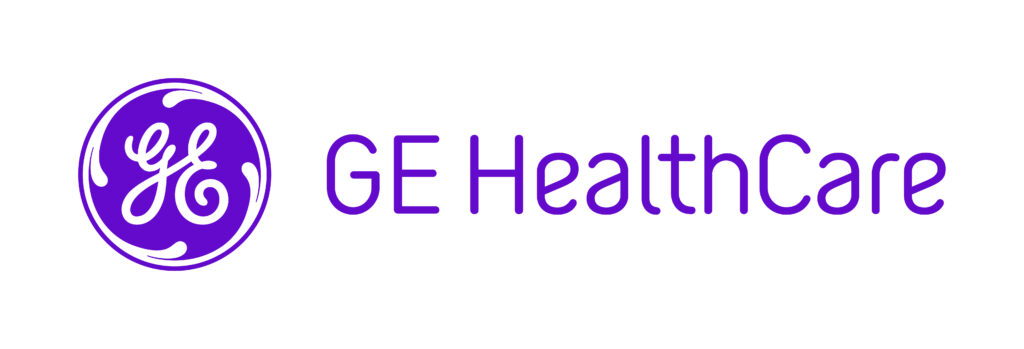‘Healthcare Transformation’ will ring hollow for the many employees at Oracle and Cerner who will be getting 60-day notices — or less — to depart.
One group is within Oracle in the US customer experience division and marketing, and apparently more. According to Bloomberg, the customer experience area that provides analytics and advertising services had been lagging for some time and has been reorganized, losing in the process junior sales employees, a division sales director, and marketing positions. Numbers are not provided, nor information on severance. Also Becker’s.
On the Oracle thread on TheLayoff.com, Oracle Cloud Infrastructure (OCI) North America has been substantially downsized effective 15 August, especially those supporting a Startups product.
More extensive are the Cerner cuts. This Editor has been following postings as they happen on both the Reddit r/cernercorporation and TheLayoff threads (Oracle thread here). Areas mentioned appear to be primarily internal/non-customer facing: technical project management in population health, enterprise change management, enterprise process improvement, multiple VPs, sales engineers, application services/support, marketing (of course), talent acquisition, and other areas. People ranged from new hires who had offers pulled, to those under one year, to highly experienced employees with a decade or two in the company. UK tech site The Register has an estimate from one posting of 10,000 layoffs. Given that Cerner has about 20,000 employees, that is close to 50%.
As is typical of mass layoffs, those at Cerner reported that they were notified en masse by managers on Monday through snap meetings. Their packages were cleverly designed to skate through the 60-day WARN notice to the state in the US, providing for an end date in 60 days, just before the official cutover to Oracle on 1 October. Severance packages without insurance or benefits after the 60 days were two weeks for every year at Cerner, not particularly generous given the uncertain economy and freezes all over tech. If the individual sought and was offered a position at Oracle, the severance package would be pulled, which is the usual maneuver to discourage any internal job-seeking from this group.
There is no indication of any cuts to Cerner outside the US, yet. The Independent, citing The Information, indicated that further Oracle cuts may come from Canada, India, and Europe. Oracle has a goal of saving $1 billion.
In this Editor’s view, Oracle is erasing Cerner as fast as it can [TTA 19 July] and doing internal housecleaning (bloodletting) at the same time. As to the former, Mike Sicilia’s testimony to the Senate committee about Cerner at the VA [TTA 28 July] had a distinct tone of cleaning up the previous regime’s mess–this should be no surprise. Yet Cerner’s tippy-top management remains in place, with generous compensation and separation arrangements in place [TTA 19 July with links to prior articles]. Cerner’s healthcare customers should take note, either way.
Having been there and done that more than once, our best wishes to everyone affected. Remember that you are not your job, pack up your learnings in your kit bag for a new journey, and you will land a good job soon.
Hat tip to HISTalk as well for covering this story and reaching many on the provider and partner side in the industry that we do not.
















Most Recent Comments